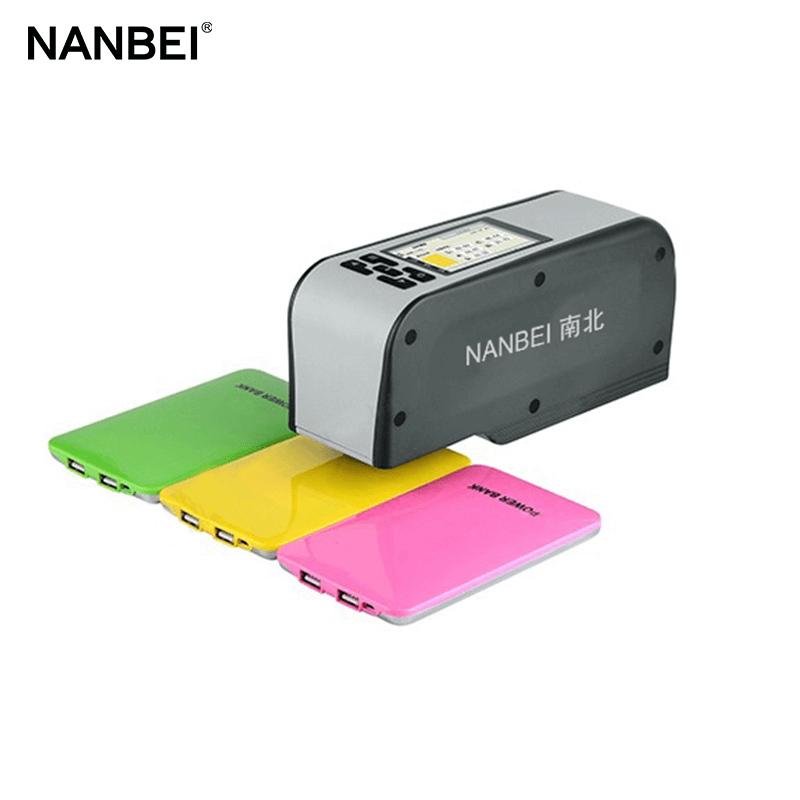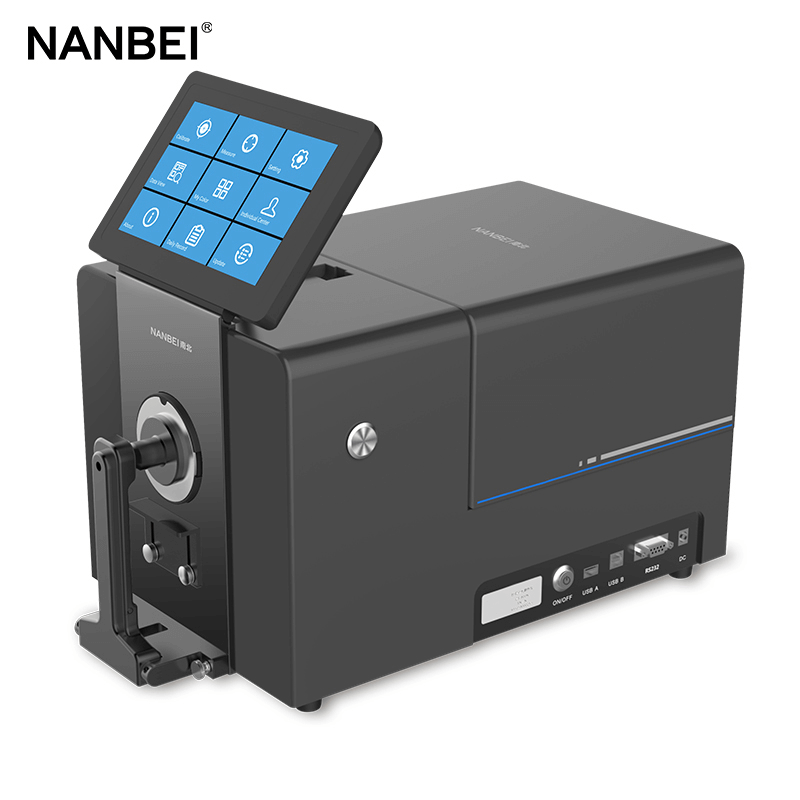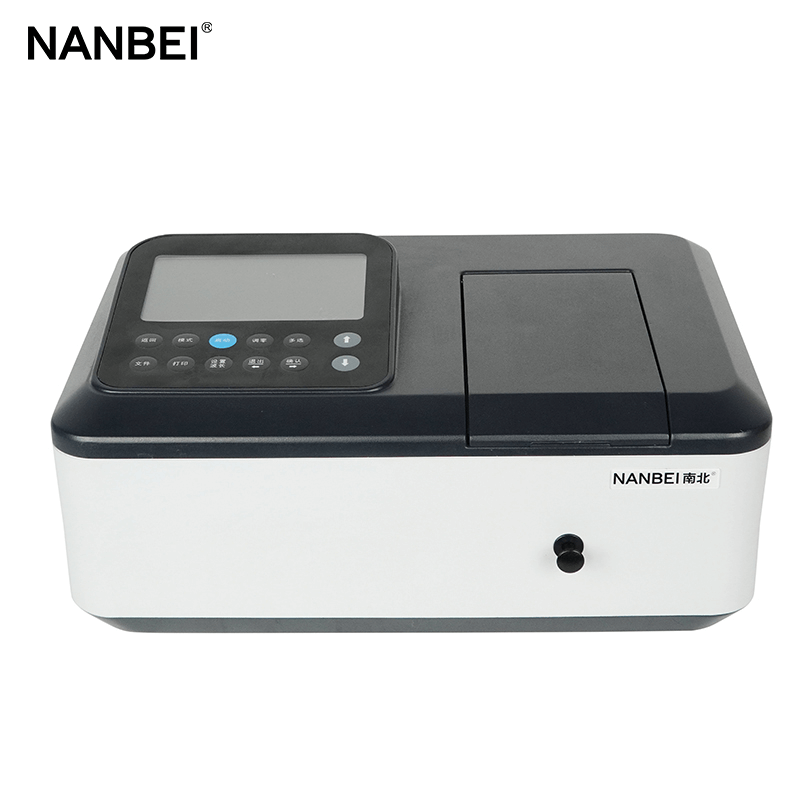The colorimeter is a laboratory instrument that measures or specifies color by comparison with synthetic pigments. Depending on the structure, the colorimetric instruments can be divided into two categories. One is the colorimeter and the other is the spectrophotometer. Then, what's the difference between them?

The lab colorimeter is a colorimetric instrument that uses red, green, and blue filters to decompose the reflected light of a color sample, and then receives and converts it into a color chromaticity value through a sensor. In order to imitate the visual perception of the human eye to provide a standard-compliant measurement value, a standard light source must be used to illuminate the sample to be measured. The spectral sensitivity of the sensor needs to be converted by a color filter to match the visual sensitivity of a standard observer. When the instrument is calibrated correctly, the measured value read by the precision colorimeter can be easily converted into the color tristimulus value.

The spectrophotometer is a color measuring instrument that uses a grating to decompose the reflected light of a color sample, and then receives the reflected spectrum through a sensor and converts it into a color chromaticity value. It measures the entire visible reflectance spectrum of a color sample, and usually measures a point at a certain distance on the reflectance spectrum, but some spectrophotometers can measure the spectrum continuously.

Previous: No Information
Next: The FAI climbed 5.9 percent year-on-year in the first 11